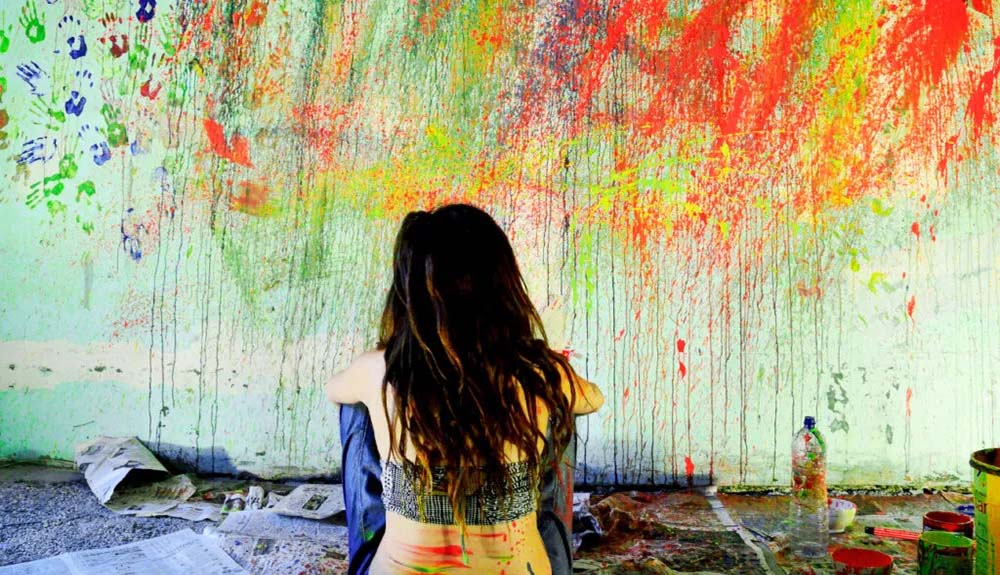Art therapy, as the name suggests, involves both- Art and Psychology. The establishment of art therapy as an approach in mental health intervention took place in the mid-twentieth century. The British artist, Adrian Hill, coined the term “art therapy”, when he found that for those recovering from tuberculosis, painting and drawing were rewarding.
By definition, art therapy is, “a form of expressive therapy that uses the creative process of making art to improve a person’s physical, mental, and emotional well-being.”
In other words, it uses art as a means to de-stress, gain more awareness and understand one’s thoughts and feelings through artistic expression.
Often used in conjunction with talk therapy, art therapy may involve any form of art, including painting, drawing, finger painting, pottery, sculpting or coloring. Moreover, it allows for application with almost all age groups, from the young to the elderly (Braus et al., 2020). Based on the notion that self-expression is therapeutic, it involves the understanding of the role aspects of art such as color, for instance, play in revealing one’s psychological disposition. The use of art therapy comprises a treatment plan that makes use of some form of art. The therapist may often observe the clients working without providing feedback, interfering or passing judgment. They may then take into account the client’s thoughts and emotions before providing any of their own observations.
Art therapy can be beneficial for a plethora of reasons. Not only can it be used for self-discovery, it is also an outlet to express difficult and intense emotions. A study also found that art therapy can be performed successfully in a wide variety of clinical situations (Blomdahl et al, 2013). Moreover, research suggests that a brief period of art making can significantly reduce a person’s state of anxiety (Sandmire et al., 2012). Since art therapy involves non-verbal expression, it gives us the space to express more freely without being constrained by the limitations of verbal expression. It can also effectively reduce stress (Visnola et al, 2010).
Human beings are innately creative, and so, anyone can try art therapy, even if they are not trained artists. Moreover, art therapists do not aim to be teachers of art. There is no right or wrong way of expressing oneself in art therapy. This approach gives individuals the space to explore themselves in any manner they see fit.
Over the years, art therapy along with other forms of expressive therapy, such as music therapy, has been recognized as an essential therapeutic intervention. As we allow our creativity to flow, we make space for therapeutic expression. In a nutshell, it uses creative expression to help individuals gain valuable insight. In today’s times, as mental health and mental health care are gaining wider acceptance, art therapy may prove to be a fundamental intervention. Although it is a seemingly simple therapeutic intervention it is immensely beneficial.
As Aristotle says, “The aim of art is not to represent the outward appearance of things, but their inward significance.”
–Urveez Kakalia and Niharika Bhatia.

